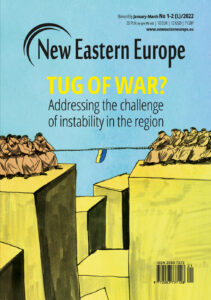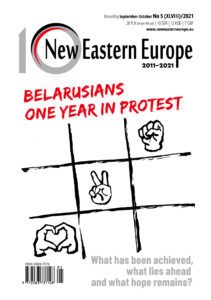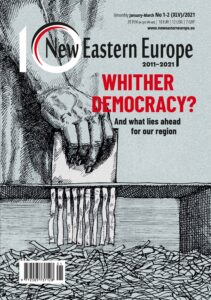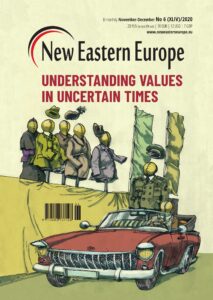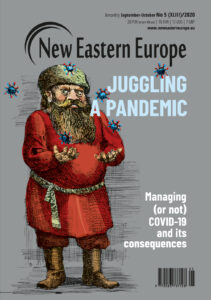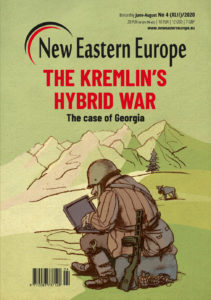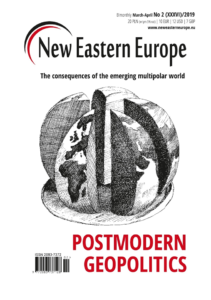No bloody revolution
The consensual term for the historical events that took place in Hungary in 1989 is rendszerváltás. In Hungarian it literally means “changing of the system”, as in Changing of the Guards. There are two other versions: rendszerváltozás (“the change of the system”, using an intransitive verb) and rendszerváltoztatás (“making the system change”, with a transitive and causative verb), reflecting some politico-linguistic subtleties that may be hard to grasp for a non-Hungarian speaker. The word “system” has special Hungarian connotations here, meaning the constitutional order or form of state.
May 2, 2019 -
János Széky
-
History and MemoryIssue 3-4 2019Magazine

A young Viktor Orbán addressing the crowd as a representative of the youth during the funeral and reinterment of Imre Nagy on June 16th 1989. Photo via Elekes Andor (CC) www.flickr.com













